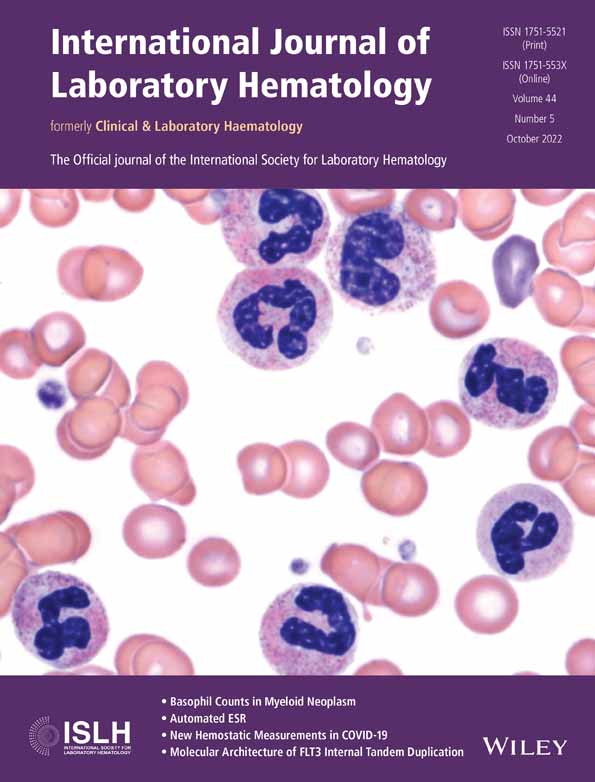Potential of point of care tests for newborn screening for sickle cell disease: Evaluation of HemotypeSC™ and sickle SCAN® in Tanzania
Funding information: Organization for Women in Science for Developing world fund, Grant/Award Number: 4500384860; UK Aid/Department for International Development (DFID) through the Human Development Innovation Fund (HDIF), Grant/Award Number: HW2.0003
Abstract
Background
Sickle cell disease (SCD) is an important cause of <5 mortality. In Tanzania, it is estimated up to 11 000 children are born with SCD annually, making this the fifth country with the highest SCD annual births worldwide. The biggest challenge of expanding the service of newborn screening for SCD as the national health intervention in Tanzania is due to the high cost of the currently used assays and lack of rapid screening methods. Therefore, in this study, we assessed the diagnostic accuracy of point-of-care tests for SCD diagnosis in newborns.
Aim
To evaluate the sensitivity and specificity of HemotypeSC™ and sickle SCAN® in diagnosing SCD in newborns.
Methods
Diagnostic accuracy of HemotypeSC™ and sickle SCAN® were evaluated in comparison to isoelectric focusing as a confirmatory method.
Results
A total of 706 newborns were enrolled in the study. The sensitivity and specificity of HemotypeSC in detecting Hb SS, Hb AS and Hb AA phonotypes was 100%. The sensitivity and specificity of sickle SCAN® in detecting Hb SS, Hb AS and Hb AA phenotypes were 100%, 97% and 100% respectively.
Conclusion
Both POC tests displayed high accuracy in detecting SCD, we believe the introduction of either of these tests in health facilities will help in the early detection and management of SCD. In addition, the margin of cost per test is relatively affordable (1.4$ per test for HemotypeSC™ and 4.75$ for sickle SCAN®).
CONFLICT OF INTEREST
The authors declare that they have no competing interests.
Open Research
DATA AVAILABILITY STATEMENT
The data supporting the findings of this study are available within the article. Raw data that support the findings of this study are available from the corresponding author upon a reasonable request.




